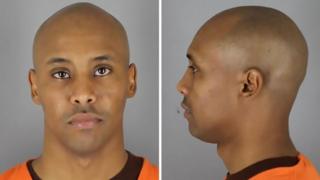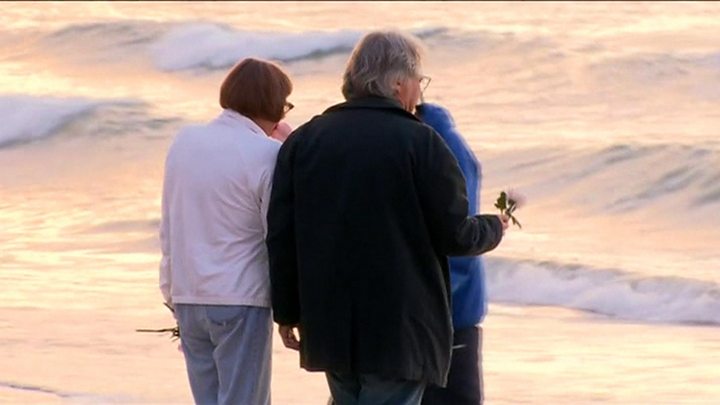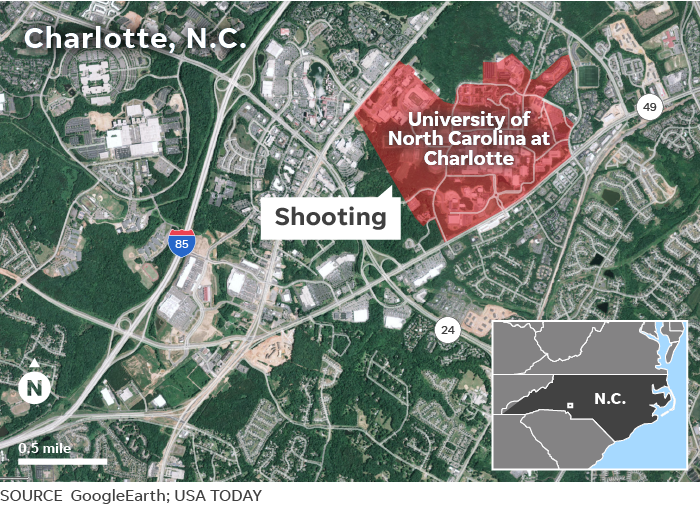
Gary Dineen/Getty Images
The Milwaukee Bucks dominated the regular season by establishing an identity that served them well.
They shot heaps of threes, spaced the floor at every position and vacated the lane so Giannis Antetokounmpo could barrel into the paint, overwhelming whatever lone defender stood in front of him. Those basic tactics produced the league’s best record and highest net rating. There’s a good chance they’ll lead to an MVP award for Antetokounmpo, and they worked just fine in a 4-0 sweep of the Detroit Pistons in the first round.
They also produced a pretty clear scouting report, and the Boston Celtics executed it perfectly in Sunday’s Game 1 victory. The loss was effectively an identity crisis for the Bucks.
In Tuesday’s 123-102 Game 2 win, the Bucks solved that crisis by departing from their core identity, even if sometimes only subtly. In doing so, Milwaukee did more to legitimize its status as a true contender than anything else it achieved during its brilliant regular season.
That isn’t to say the Bucks changed everything. In some respects, they leaned even harder on what got them here.
They fired 47 threes—nine more than they averaged during the year—hitting a franchise-playoff-record 20 of them. Their previous mark of 16 fell in the third quarter.
NBA @NBA
17 3PM… a new @Bucks franchise-record for MOST 3PM in a single #NBAPlayoffs game! #FearTheDeer
: @NBAonTNT https://t.co/eDYpUr9Tbs
Antetokounmpo still relentlessly attacked, bulldozing into the lane with bad intentions. He scored 13 of his 29 points at the charity stripe.
That’s largely where the familiar sights ended.
Broadly speaking, the Bucks were different. After Game 1, they had to be. In that surprising loss, the Celtics shut off the lane, sent a second defender to dig at Antetokounmpo whenever he drove and (wisely) trusted Al Horford to prevent point-blank looks. Those tactics led to Antetokounmpo shooting 7-of-21 from the field and 4-of-16 on two-pointers in Game 1—the least-efficient high-volume efforts of his career.
The Celtics took away what the Bucks did well all year, and Milwaukee had no in-game counter.
That Game 1 result validated Bucks skeptics. Head coach Mike Budenholzer’s failure to make in-game adjustments with the Atlanta Hawks seemed to have resurfaced. Milwaukee’s somewhat gimmicky system was exposed. A quality playoff opponent easily exploited Antetokounmpo’s unreliable jumper.
On Tuesday, the Bucks’ adjustments quieted those doubters.
Instead of Antetokounmpo attacking a waiting defense, the Bucks involved him in more screening action both on and off the ball. Whenever Horford wasn’t directly in front of Giannis, the Bucks suddenly looked like their regular-season selves. It’s telling that Antetokounmpo didn’t make a field goal until the second quarter, when an off-ball screen he set produced a switch and left Jayson Tatum between him and the bucket.
The result was as predictable as it was spectacular.
Bleacher Report @BleacherReport
GIANNIS GETTING ANGRY https://t.co/bAqxabCGxV
Antetokounmpo was also quicker to recognize Boston’s help rotations and kept the ball moving. Milwaukee’s outside shooting was hot from the outset (5-of-12 in the first quarter), which kept Celtics helpers a half-step closer to their perimeter assignments. As the help on Antetokounmpo came later, the three-point shots got cleaner. It was almost a chicken-or-egg scenario: Was Antetokounmpo’s work in the lane creating the threes, or were the threes keeping the lane uncluttered?
Boston also suffered some uncharacteristic breakdowns, losing track of dangerous shooters and failing to repeat its nearly flawless transition-defense performance from Game 1.
Whatever the combination of causes, the effects favored the Bucks, who notably got 28 points and seven made triples from a scorching Khris Middleton. Before Antetokounmpo got rolling in the second half, Middleton’s dead-eye sniping sustained Milwaukee. Middleton was a nightmare for the Celtics a year ago, so maybe this is just what he does whenever he sees them.
Jay King @ByJayKing
Khris Middleton still has never missed against the Celtics in the playoffs. Not once, no matter what the stats say.
The Celtics hung tough in the first half, but Milwaukee opened the floodgates in the third quarter. The Bucks stifled Boston throughout the period, got out on the break and fractured the Celtics defense that didn’t crack in Game 1. As the Bucks rode the tide of a 24-2 run, Antetokounmpo confidently walked into a pair of threes.
He was feeling himself on the second one.
Bleacher Report @BleacherReport
Giannis hit the Steph shimmy
https://t.co/sQLV4CB4kD
Despite a much better effort than he managed in Game 1, Antetokounmpo still rarely got as close to the rim as he did during the regular season. Boston is committed to denying him that last takeoff step, and he drove hopelessly into traffic more than once. He made a few difficult shots inside, passed the ball off and relied on drawing fouls to get his points. It was successful night for him, and it was all the more impressive because he did it against a Celtics team that proved it could limit him, not an exhausted mid-December foe without the time or personnel to keep him from getting a half-dozen uncontested dunks in transition.
A tied series assures nothing for Milwaukee. Kyrie Irving was a miserable 4-of-18, and the Celtics got only five points in 31 minutes from Gordon Hayward. Boston will be better as the series progresses.
Bleacher Report NBA @BR_NBA
9 points on 4/18 shooting tonight for Kyrie… https://t.co/fLkw8mC2lN
And besides, the Celtics should be happy with a split on the road, especially since they gave the Bucks much more to think about after Game 1 than any opponent had to date.
But it’s still encouraging that Milwaukee proved it could pivot, that it could make tweaks without abandoning what got it here. We often talk about establishing an identity as a positive, as something teams should aspire to. Nobody’s identity was more firmly set than the Bucks’ this season, but after Game 1, it was fair to wonder whether that firmness was actually inflexibility.
We knew what the Bucks were coming into this series, but Game 1 raised the possibility that because of a quirky style, Antetokounmpo’s shooting limitations and a season of drilling system basketball, that’s all they could be.
Tuesday’s win proved the Bucks are more than that.
If you want to zoom way out and consider repercussions beyond this series, it isn’t that hard. Just imagine a scenario in which the Bucks don’t adjust in Game 2. They go down 0-2 and head back to Boston short on answers and hope. They face the possibility of being one of the great “they were just a regular-season team” disappointments in recent memory, raising the prospect of a frustrated Antetokounmpo becoming the next Anthony Davis in all of the wrong ways.
Viewed through that long-range lens, the Bucks’ Game 2 win was even bigger than it seemed.
It showed the league and Antetokounmpo that the Bucks are ready to grow right along with him.
Stats courtesy of Basketball Reference, Cleaning the Glass or NBA.com unless otherwise specified. Accurate through games played Tuesday, April 30.
from Viral News Updates http://bit.ly/2vwtFak
via IFTTT



































